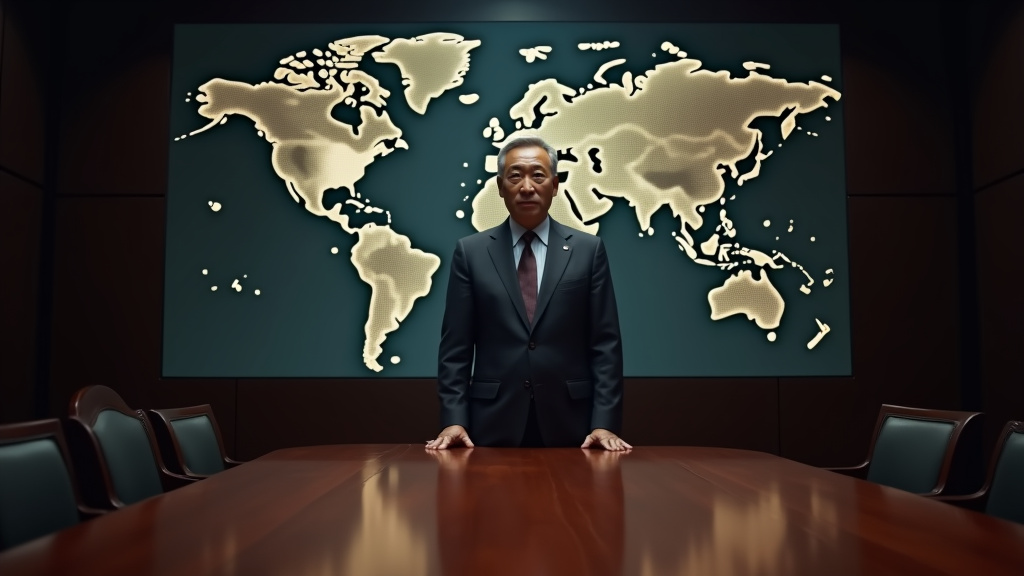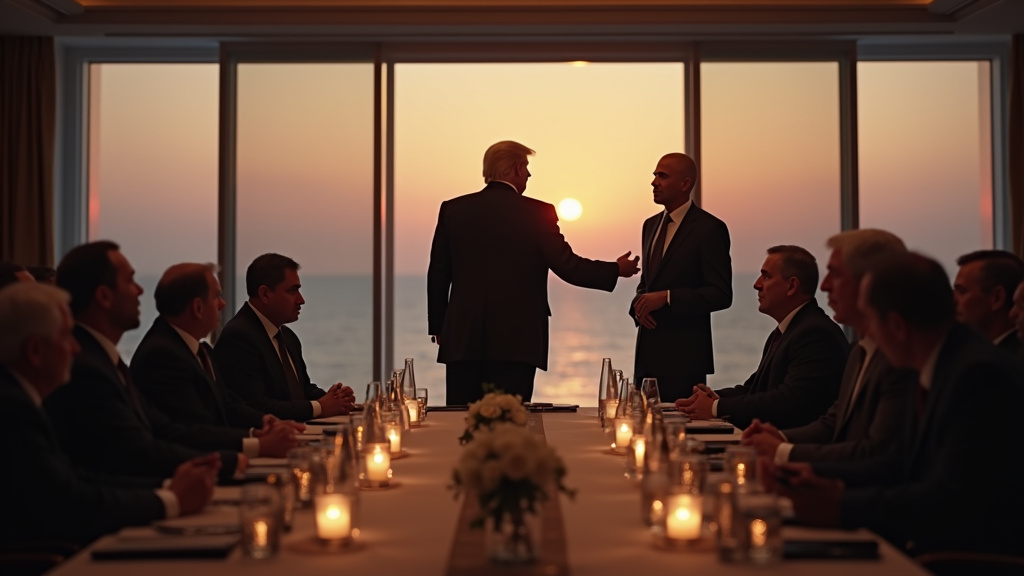Washington, D.C. — The United States has announced a significant shift in its tariff timeline, with President Donald Trump officially delaying the implementation of higher import duties. The move pushes back the previous July 9th deadline, extending the window for affected nations until August 1st. This decision was communicated through formal letters dispatched to 14 countries, outlining the impending levies and revised schedules.
Understanding the Revised Timeline
The decision to postpone the tariff hike from the initial July 9th date to August 1st provides a short reprieve for global markets and trading partners bracing for increased costs on goods entering the United States. Administration officials have indicated that this extension is intended to allow for continued negotiations and potential trade agreement finalization. Letters detailing the specific nature and scope of these levies have been formally sent to 14 countries, signaling the individualized approach the administration is taking in its trade relations.
Targeted Tariffs on Key Asian Economies
Among the nations receiving notification, Japan and South Korea have been specifically identified as facing substantial tariff increases. Under the newly announced schedule, imports from both countries are set to incur a 25% tariff rate starting August 1st. This move is presented by the administration as matching the reciprocal tariff measures that were initially imposed by these nations back in April, framing the US action as a response to existing trade barriers. The imposition of such a significant tariff rate on close allies like Japan and South Korea underscores the administration’s assertive stance on trade rebalancing.
Warning to BRICS Bloc Partners
Adding another layer of complexity to the global trade landscape, President Trump also issued a direct warning to countries perceived as aligning themselves with the BRICS economic bloc. The President threatened to impose an additional 10% tariff on any nation deemed to be closely affiliated with the group, which includes Brazil, Russia, India, China, and South Africa, plus potential new members. This threat follows the BRICS bloc’s recent 17th summit, held in Rio De Janeiro. The summit’s agenda focused on critical contemporary issues, including advancements in Artificial Intelligence (AI), concerted action on climate change, and broader discussions surrounding global peace and security. The US threat appears to link trade policy directly to geopolitical alignments, particularly concerning a bloc often seen as a counterweight to Western influence.
Anticipation of New Trade Agreements
Amidst these tariff announcements and threats, there is also anticipation of positive developments on the trade front. Treasury Secretary Bessent has stated that the administration expects several trade deals to be announced in the very near future. According to Secretary Bessent, these announcements could materialize within the next 48 hours. This suggests that while the administration is prepared to use tariffs as a negotiating tool, it is also actively pursuing formal trade agreements aimed at reshaping international commerce. The potential for new deals adds a dynamic element to the current trade environment, suggesting a combination of pressure tactics and diplomatic negotiation.
Implications and Forward Look
The latest announcements from the White House signal a continued period of flux in US trade policy. The postponement of the general tariff hike offers a brief pause, but the specific targeting of allies like Japan and South Korea, combined with the explicit warning tied to alignment with the BRICS bloc, indicates a strategic effort to leverage trade policy for both economic and geopolitical objectives. The coming days, particularly the 48-hour window highlighted by Secretary Bessent for potential trade deals, will be crucial in determining the immediate trajectory of these evolving trade relationships. The global economic community will be closely watching how these pressures and potential agreements unfold, assessing their impact on supply chains, market stability, and international relations. The situation remains highly dynamic, reflecting the administration’s ongoing efforts to redefine America’s position in the global trading system.





